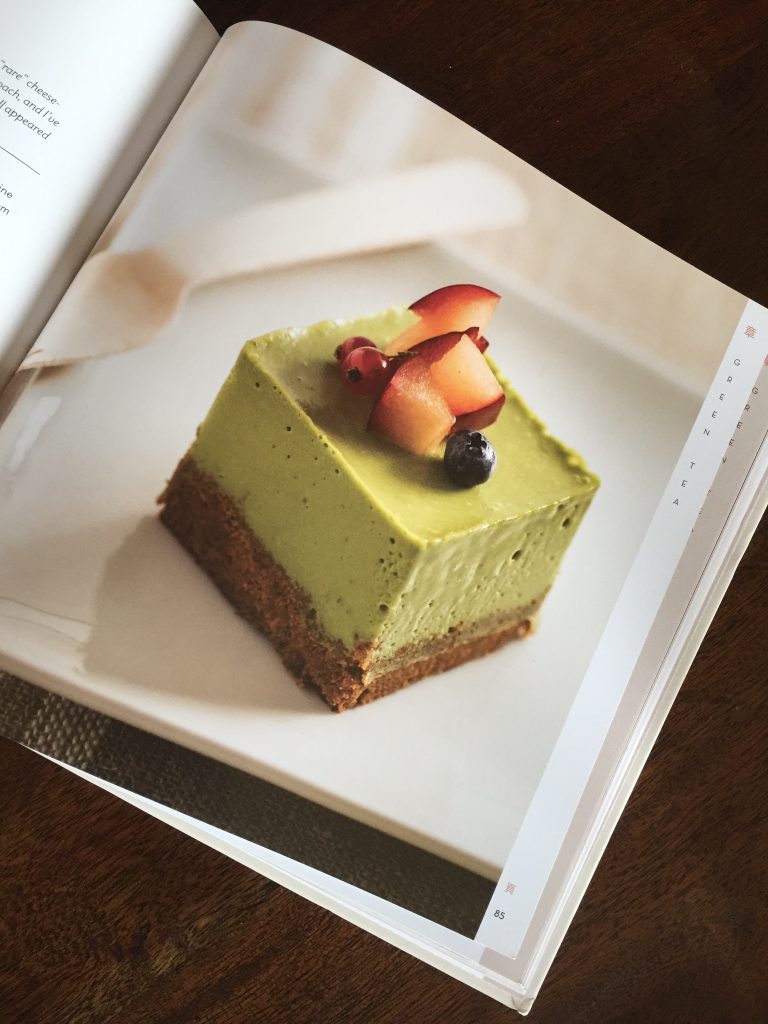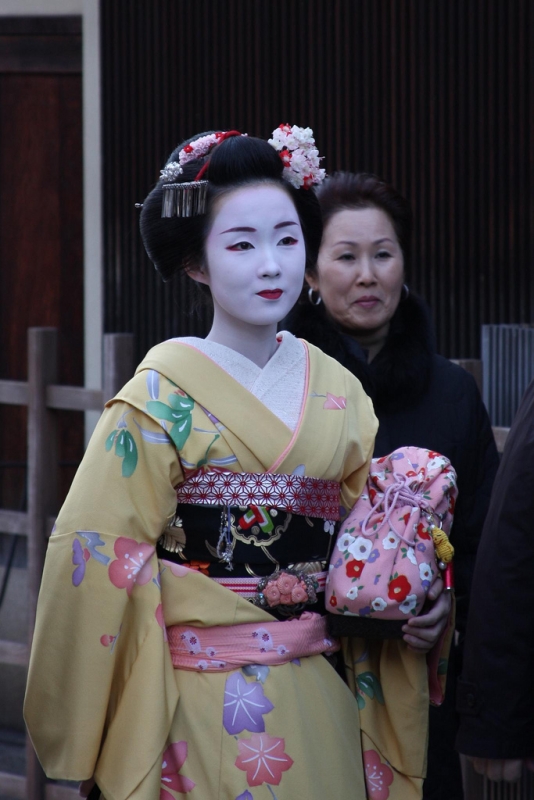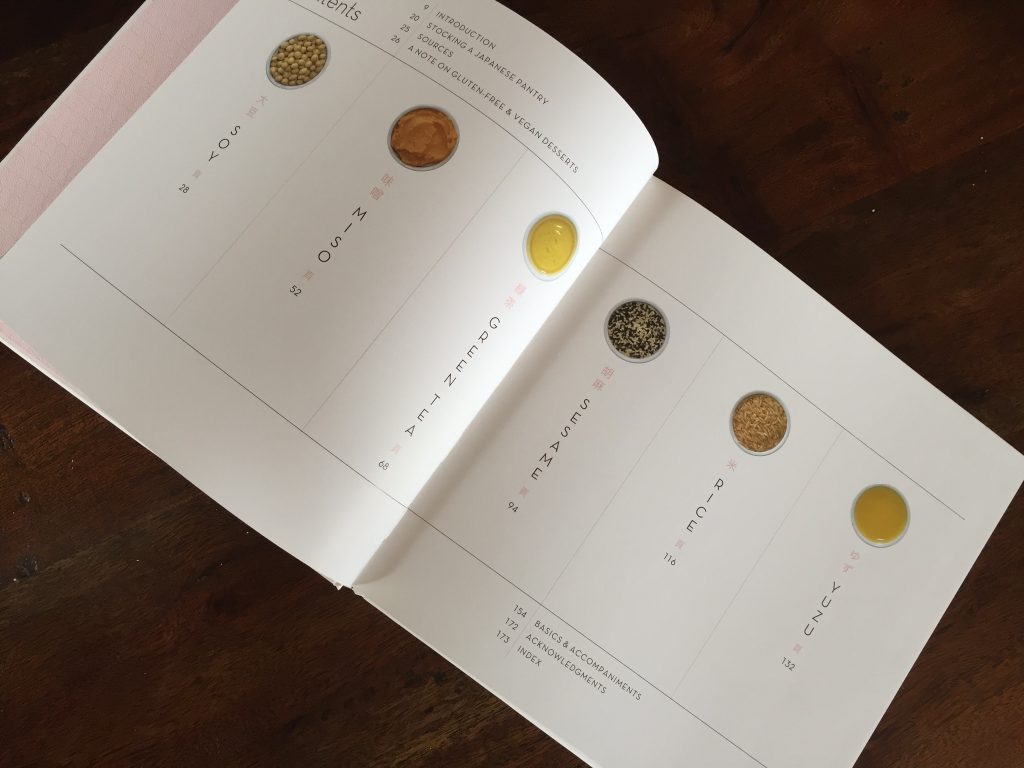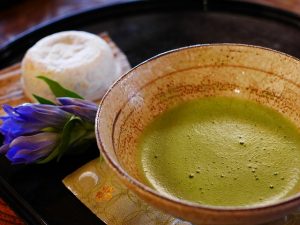 The Japanese diet is famous for its positive health effects. In fact, the Japanese people have the second longest life expectancy on Earth at 84.74 years; Japanese women live an average of 87 years.((https://www.cia.gov/library/publications/the-world-factbook/rankorder/2102rank.html))((http://time.com/4267661/japanese-food-healthy-diet-longevity/)). This longevity has been associated with Japanese diet staples like matcha.
The Japanese diet is famous for its positive health effects. In fact, the Japanese people have the second longest life expectancy on Earth at 84.74 years; Japanese women live an average of 87 years.((https://www.cia.gov/library/publications/the-world-factbook/rankorder/2102rank.html))((http://time.com/4267661/japanese-food-healthy-diet-longevity/)). This longevity has been associated with Japanese diet staples like matcha.

Photo credit: malfet_ via Foter.com / CC BY
In particular, the Okinawa region is famous for its diet and centenarians. Take for example Misao Okawa. She lived to be 117-years-old; the fifth oldest recorded lifespan on Earth!((https://en.wikipedia.org/wiki/Oldest_people)) Gerontologist Dr Craig Willcox explains:
Willcox summarised the benefits of the local diet: “The Okinawans have a low risk of arteriosclerosis and stomach cancer, a very low risk of hormone-dependent cancers, such as breast and prostate cancer. They eat three servings of fish a week, on average … plenty of whole grains, vegetables and soy products too, more tofu and more konbu seaweed than anyone else in the world, as well as squid and octopus, which are rich in taurine – that could lower cholesterol and blood pressure.”((https://www.theguardian.com/lifeandstyle/2013/jun/19/japanese-diet-live-to-100))
We were sent a beautiful cookbook that adds traditional Japanese ingredients to classic desserts. Beautifully photographed with thorough explanations, Kyotofu: Uniquely Delicious Japanese Desserts is amazing!
The recipes aim to introduce readers to the delicious, healthful, longevity-boosting ingredients traditionally found in the Japanese diet and applying them to familiar, Western dessert formats. Kyotofu stands for dessert as part of a balanced, holistic approach to eating.
This book presents seventy-five delicious recipes of both traditional Japanese desserts, and exciting modern interpretations, including:
Chocolate Soufflé Cupcake – named BEST in NYC by New York Mag!
Nama Chocolates
Miso Chocolate Tart
Green Tea White Chocolate Cupcakes
Japanese Mont Blancs
Sweet Miso Ice Cream with Saffron
Caramel Sauce
Matcha Crème Brûlée
Tokyo Tiramisu
Black Sesame Caramel Mousse
This unique cookbook is arranged by six traditional Japanese ingredients: soy, miso, green tea, sesame, rice and yuzu. Yes, you can put miso in your desserts!

I’ve made many classic American desserts with tofu before like tofu pumpkin pie. It is a great ingredient and substitute for eggs!

We are sharing one delicious recipe from Kyotofu. It features matcha. I have recently become addicted to matcha. It is so delicious in the afternoon when another cup of coffee would create sleep problems. Matcha gives me that little bit of extra energy I need, as well as warms my belly and digestion.
Matcha is a fine powdered green tea. It is reported to have the following health benefits:
Is packed with antioxidants including the powerful EGCg
Boosts metabolism and burns calories
Detoxifies effectively and naturally
Calms the mind and relaxes the body
Is rich in fiber, chlorophyll and vitamins
Enhances mood and aids in concentration
Provides vitamin C, selenium, chromium, zinc and magnesium
Prevents disease
Lowers cholesterol and blood sugar((http://matchasource.com/health-benefits-of-matcha-tea/))
We buy matcha powder in bulk at a local herb store to save money.
Other ingredients you will need for this recipe are gelatin, which is not vegetarian but can be substituted with agar agar in most recipes, and shiro (white) miso.
In Japan, there both cooked and “rare” cheesecakes. Rare cheesecakes are not baked and use gelatin to set up in the refrigerator.
[yumprint-recipe id=’1′]
Leave a Reply